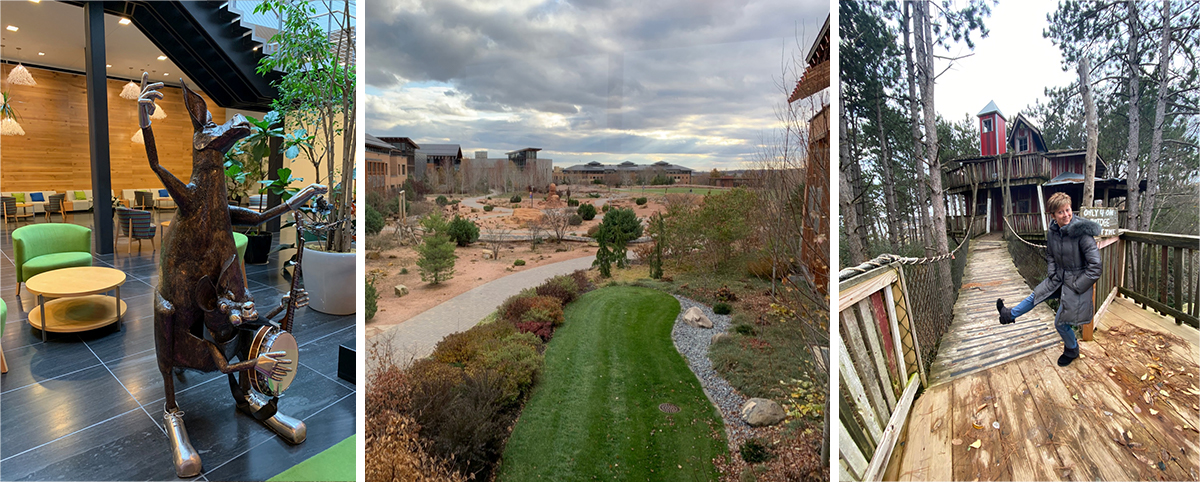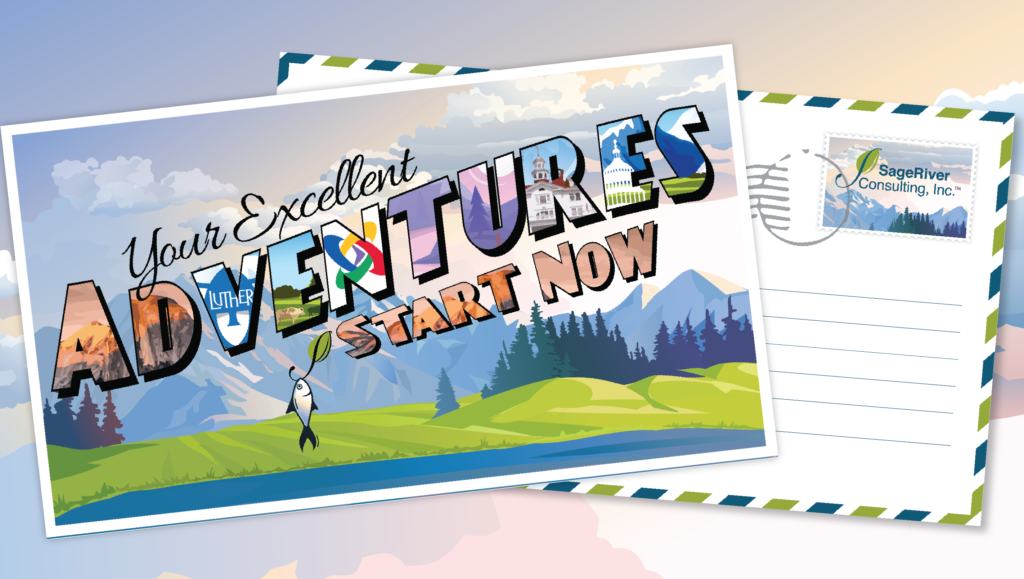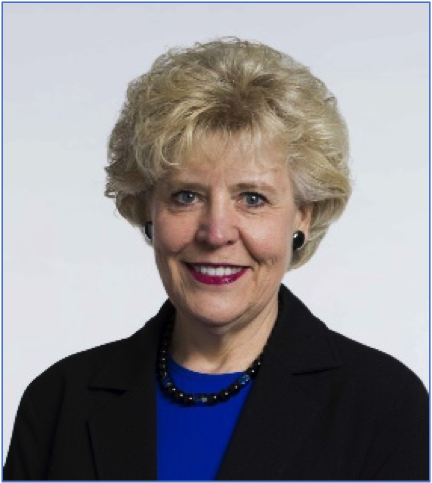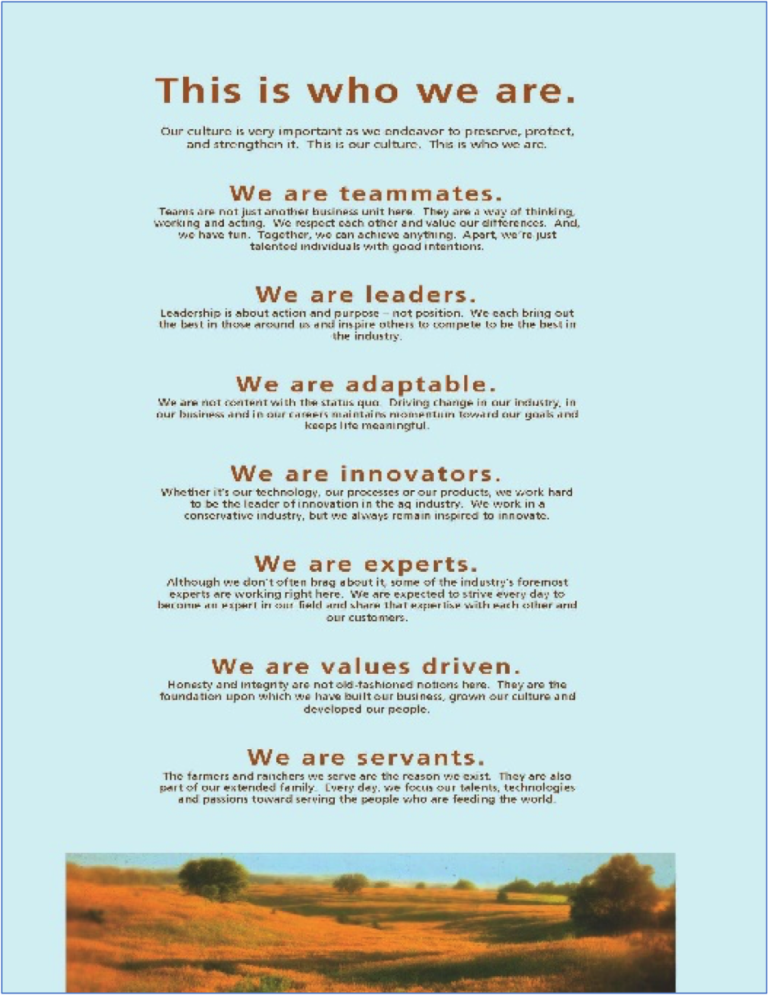 Nancy Lublin has a secret power. A serial entrepreneur, she launched Dress for Success immediately after college. Today, the nonprofit operates in 25 countries, providing professional clothing, coaching and support to more than one million women.
Nancy Lublin has a secret power. A serial entrepreneur, she launched Dress for Success immediately after college. Today, the nonprofit operates in 25 countries, providing professional clothing, coaching and support to more than one million women.
Once that venture was flourishing, Lublin grew another nonprofit to 3.5 million members. And then she left to found a third social venture that is already gaining national attention.
Lublin’s secret power isn’t her organizational savvy or leadership skills, although she has both in spades. Her power is knowledge. She understands the kind of leader she is and the type of organization she’s best at developing. Her passion lies in building teams from the ground up and taking ideas to scale. Once she’s done that, she’s ready to hand over the reins and move on to her next start-up.
We can all learn from her understanding of what organizations need at different stages of maturation. That begins by identifying what type of organization you are and whether that fits what you’re trying to achieve.
Knowing Your Type
We’ve found organizations have essentially three different bases on which they operate. This framework for evaluating organizational decision-making and operations grew out of a conversation with our corporate attorney, Patrick Johnson. Viewed from our different vantage points, we agreed most organizations could be described as one of three types—Personal, Professional or Principled (PPP).
We’ll look at each type to assess what drives those organizations, what strengths they exhibit and when they might evolve to the next type to meet their goals.
It’s Personal. As the name implies, Personal organizations revolve around individual performance and relationships. Key people hold essential information, knowledge, expertise, and control. They are trusted to drive critical functions, service lines and decision-making. Outside their own domains, their processes and objectives may not be widely shared or understood, making it hard for others to provide input or fill in the gaps if they leave. As a result, decisions may be made without cross-functional collaboration or without an eye toward retaining key people.
Start-ups and smaller organizations often operate on a Personal basis. This model allows individuals to work independently and quickly during a high growth phase. As organizations become larger and more complex, they may need to move away from this model to create greater transparency, accountability, and decision making.
Professionally speaking. As organizations grow, they often need to create infrastructure that supports cross-functional collaboration toward common goals. Professionally-based organizations establish shared policies, processes and decision-making approaches then refine them over time. In these organizations, members know how key functions are performed and when to provide or obtain input. People share information, meet agreed-upon expectations, and understand the organizational strategy.
Professionally-based organizations focus on team performance and success. Because information and plans are shared, employees understand organizational priorities and contribute to broader organizational goals. As companies seek to strengthen their brands and grow their impact even further, they may move toward becoming Principled organizations.
 We Do It on Principle. Principled organizations have done the hard work of defining their vision, mission, and values, engaging employees in strategy, and instilling professional practices. Along the way, these organizations gather input from partners, vendors, and customers to ensure buy-in and strategic alignment. You know what to expect from these companies because they deliver consistently, time after time.
We Do It on Principle. Principled organizations have done the hard work of defining their vision, mission, and values, engaging employees in strategy, and instilling professional practices. Along the way, these organizations gather input from partners, vendors, and customers to ensure buy-in and strategic alignment. You know what to expect from these companies because they deliver consistently, time after time.
In fact, Principled organizations don’t just have processes, frameworks, products and approaches. They have a “way” that is synonymous with their brand and aligned with organizational and stakeholder values. Customers return to them because they know they’ll receive the level of quality, service and innovation they expect. Job-seekers apply to them because they want to be part of their team. And investors support them because they deliver value.
Finding Your Place
Although most organizations start as Personal organizations and become Professionally-based or Principled as they grow, that isn’t always the case. Sometimes, organizations choose to operate on a Personal or Professional basis.
The key is to function in a way that supports your strategy.
At SageRiver, we help organizations to see themselves clearly and plot where key functions fall on the Personal-Professional-Principled spectrum. For example, we might ask:
- What assumptions are used in developing your budget?
- How do you establish success metrics for the year?
- How do you identify your talent needs for the next five years?
- How do you anticipate customer needs?
The language you use to answer those questions reveals where different functions within your organization fall on the spectrum. For example, Personal organizations often respond by referring to individual leaders and employees. Professionally-based organizations focus on processes, infrastructure and strategy. Principled organizations include those topics but widen the lens to encompass values, brand, culture, and stakeholder expectations as well.
Making the Shift
It’s not unusual for different organizational functions to fall in different parts of the spectrum. When that occurs, assess whether you need to shift the basis on which you’re operating to better support your strategy. If key functions are operating independently of one another and you need to innovate, you may move toward becoming a Professionally-based organization to create more opportunities for divergent thinking and collaboration. If your environment is changing rapidly, you may need to enhance your understanding of emerging customer expectations and values. That could require transformation from a Professionally-based to Principled organization to create better customer alignment.
Making these shifts starts with understanding who you are, what strategy you are pursuing and who you need to be to reach your goals. Take the first step by evaluating where you fall on the spectrum, and then identify a few changes you can make to ensure you’re operating on the right basis to execute your strategy.
Contact us today to learn more.


 The year was 1979. In a basement in Madison, Wisconsin, an unknown software engineer named Judith Faulkner decided to launch a business. She had a novel idea, but the road ahead was uncertain. Her goal was to develop software that would enable healthcare providers to improve patient care.
The year was 1979. In a basement in Madison, Wisconsin, an unknown software engineer named Judith Faulkner decided to launch a business. She had a novel idea, but the road ahead was uncertain. Her goal was to develop software that would enable healthcare providers to improve patient care.

 As a team builder and executive coach, I know leaders worry about keeping their workforce motivated. Disengaged employees lower morale and cause productivity to plummet. If the problem persists, it can have serious consequences for the whole organization.
As a team builder and executive coach, I know leaders worry about keeping their workforce motivated. Disengaged employees lower morale and cause productivity to plummet. If the problem persists, it can have serious consequences for the whole organization. I watch “The Wizard of Oz” now and again. Magical and wise, it always pulls me under its spell. I feel Dorothy’s yearning to fly over the rainbow, and when she opens the door from her black-and-white house to technicolor Oz, wonder ensues.
I watch “The Wizard of Oz” now and again. Magical and wise, it always pulls me under its spell. I feel Dorothy’s yearning to fly over the rainbow, and when she opens the door from her black-and-white house to technicolor Oz, wonder ensues. You Say You Want a Revolution
You Say You Want a Revolution
 New team members receive what Finkner calls “culture in a box”—literally a box including items that represent aspects of FCSA’s culture. In addition, new hires attend executive-led sessions that explore FCSA values and programs, such as new employee orientation, well-being and leadership development.
New team members receive what Finkner calls “culture in a box”—literally a box including items that represent aspects of FCSA’s culture. In addition, new hires attend executive-led sessions that explore FCSA values and programs, such as new employee orientation, well-being and leadership development.